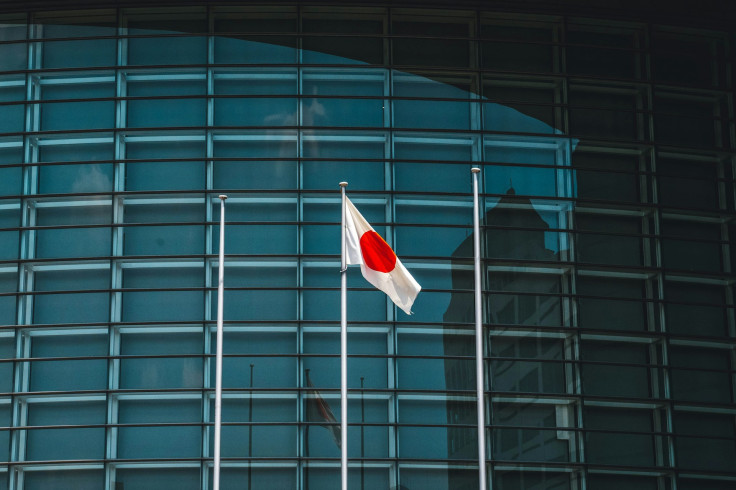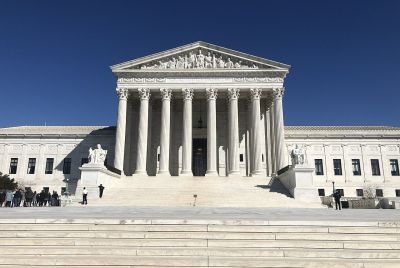What Is The Japan Earthquake Prediction Manga That's Putting People On Edge? Is a Magnitude‑9.1 Catastrophe Part of the Prophecy?
The prediction gained traction after the manga appeared to foresee the 2011 Tohoku disaster

A decades-old manga is stirring unease across East Asia, as a reissued volume predicts a catastrophic earthquake and tsunami will strike Japan on 5 July 2025. Watashi ga Mita Mirai ('The Future I Saw') has sparked travel cancellations, fuelled online speculation, and left experts working to distinguish fiction from fact.
A Manga Resurfaces with Ominous Claims
Originally self-published in 1999 by Ryo Tatsuki, Watashi ga Mita Mirai gained little attention until a retrospective link was made between its reference to a 'major disaster in March 2011' and the Tohoku earthquake and Fukushima nuclear crisis. Tatsuki re-released the manga in October 2021 with a new prediction that the ocean floor between Japan and the Philippines will fracture, triggering a tsunami three times the height of the 2011 waves, allegedly on 5 July 2025.
The updated edition has since become a bestseller in Japan, shifting the manga's role from speculative fiction to a source of widespread public concern.
Real-World Ripple Effects
The manga's reappearance has spread beyond fan circles. Social media platforms in Hong Kong, Taiwan, mainland China, and South Korea have amplified the prophecy, fuelling travel hesitancy. Travel agencies in Hong Kong report that Japan-related bookings have halved, while carriers including Greater Bay Airlines and Hong Kong Airlines have reduced or suspended flights to cities such as Sendai, Tokushima, and Kagoshima.
Economists estimate that if the trend continues, Japan could face a tourism revenue loss of up to ¥560 billion (approximately £2.8 billion or US$3.9 billion).
Earthquakes Near Tokara Islands Raise Anxiety
Coinciding with the renewed attention, southern Japan has experienced an intense swarm of earthquakes centred around the Tokara Islands. More than 900 tremors, some reaching magnitude 5.5, were recorded in late June. Authorities temporarily evacuated Akuseki Island after over 1,000 quakes rattled the region. While no tsunami warnings have been issued, the seismic activity has amplified public anxiety and lent superficial credibility to the manga's prediction.
What Do Experts and Authorities Say?
The Japan Meteorological Agency (JMA) has firmly dismissed the prediction, stating that the timing of earthquakes cannot be determined with scientific accuracy. 'Warnings tied to the manga are unreliable,' the agency said. Editorials in regional newspapers have also criticised the manga's claims, warning against fearmongering based on unverified sources.
Nonetheless, Japan's exposure to major seismic risk remains real. The government has warned of a 75–82% probability that a Nankai Trough megaquake could strike within the next 30 years, an event that could kill up to 300,000 people and result in losses exceeding US$2 trillion.

In response to growing unease, local authorities have stepped in. Miyagi Governor Yoshihiro Murai described the manga's influence as 'a problem', urging residents not to rely on pseudoscientific rumours. Prefectural tourism boards are actively working to calm fears and reinforce preparedness messages.
While many East Asian tourists have postponed summer travel to Japan, domestic reactions remain more restrained. Reddit users in Japan note that most locals are sceptical, with one comment reading, 'Not many, including myself, gave this much thought.' Still, nearly half of Japanese survey respondents report having heard of the prediction.
Though entirely fictional, the prophecy in Watashi ga Mita Mirai has unexpectedly influenced public perception, tourism, and preparedness discourse. With 5 July approaching, authorities are urging calm and emphasising the importance of credible sources and readiness without giving way to panic.
© Copyright IBTimes 2025. All rights reserved.




















